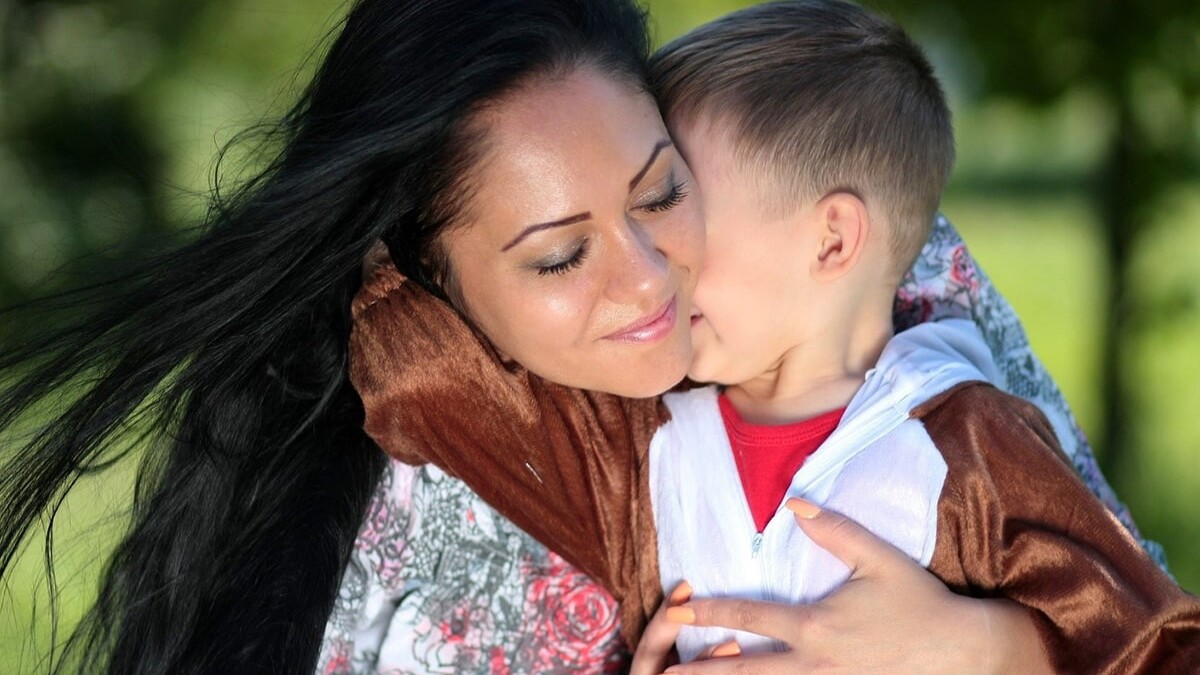ADHD exists only in the mind of some parents, teachers and healthcare practitioners.
Yes, I understand your child has all the attention and behavior symptoms associated with ADHD. Yes, he cannot sit still for a minute. No, she cannot focus and pay attention. Yes, he can’t control his impulses. Yes, she fits all the criteria for this condition they call ADHD. Yes, they have been diagnosed as having ADHD. So, now you have a diagnosis. How does that help you reverse your child’s symptoms? Sure, the diagnosis can help you ask for accommodations in school, but that’s about it. And your child will still be stuck with the symptoms.
Since your goal is to help your child overcome the symptoms of what is being called ADHD, it would make much more sense to ask and answer the question: ‘Why has my child developed these symptoms ? What is the root cause of all these symptoms?’ What happens too often is that we focus on treating the symptoms attached to the diagnostic label – ADHD – without addressing and fixing the underlying cause. When a practitioner gives a bunch of symptoms, a catch-all name, like ADHD, this tells us nothing about what is causing the symptoms. And when we don’t know what the causes are, we can’t fix the causes, and we can’t reverse the ADHD. The result of this is that the child will be stuck with varying degrees of the problem forever. And parents will always be searching for ways to help the child ‘manage’ the problems.
Managing ADHD means it is here to stay.
Healing ADHD means the problems go away.
What causes ADHD? And how do you fix it?
If your child displays some, or all of the symptoms associated with the diagnosis of ADHD what could be causing this? The answer is that this is a stress-related condition. The underlying root cause is that your child is feeling high inner stress. There is a good chance that nobody has told you that stress is the culprit. Or perhaps intuitively you know that stress plays a role. But many parents, teachers and healthcare providers skim over this fact. Instead they focus on reducing the symptoms – using an outside-in treatment approach instead of an inside-out treatment approach.
Outside-in treatment involves the use of medication, behavioral therapy cognitive behavioral interventions, psycho-social and educational interventions. Here’s a fact to take note of! While the child’s spirit, body and brain are overrun by stress, these therapies will not be effective. In addition, medication has side effects and can dumb down the child’s spirit. The most negative impact of outside-in treatment is that the child begins to feel something like … I am broken, there is something bad that is wrong with me, I am not enough as I am.
Inside-out treatment, on the other hand, is extremely effective because it involves understanding the ‘why’ and then addressing and removing these causal factors.

Important questions to ask:
Why are so many children feeling such high stress?
Why is my child feeling so stressed?
Here’s what happens. It’s a vicious cycle that goes like this:
Children with the symptoms of ‘ADHD’ have a sensitive spirit.
Being sensitive makes them begin to doubt their self-worth.
They begin to believe “I am not enough.”
This creates a great deal of inner stress and anxiety.
Stress hormones are released and flood your child’s brain. This changes the brain chemistry making it difficult for children to pay attention, be calm, behave positively and feel good.
High stress is always accompanied by high inflammation which also affects the brain and can also affect your child’s body, causing all kinds of physical complaints.
THIS, is how all learning, behavior and mood problems begin.
The dangers of calling your child’s symptoms ADHD
Labels are stigmatizing.
He is taken from one doctor to another, from one kind of therapist to another.
Your child starts to believe there is something wrong with him.
This affects his self-esteem.
It creates huge stress in his spirit, body and brain.
The stress triggers and aggravates his symptoms.
Parents, teachers, siblings, friends begin to identify him as ‘ADHD’ losing sight of the wondrous child behind the label.
Parents and family members become stressed.
Your child feels your stress.
This sets up the vicious cycle described above.
And now your child is stuck with his or her symptoms!
Here’s what I would highly recommend:
If your child has already been diagnosed with ADHD then make a pact with yourself, your spouse and the siblings not to use this term around the child. Respectfully insist that the teachers don’t use this term with him or around him or with you.
If your child has not been diagnosed, avoid this. It is not helpful. You may think that having a diagnosis helps you know what is happening with your child, but it does not because it may let you fall into the trap of believing he has a ‘disorder.’ This may mean that you miss the opportunity to find and fix the underlying causes.

3 STEPS OF ACTION YOU CAN TAKE NOW
The way to heal your child is to:
- Become aware of the fact that this is a stress-related condition.
- Find a practitioner who understands how to heal ADHD by reducing the underlying physical, mental and emotional stress. These practitioners have a different kind of specialized training. (If you need assistance to identify the right kind of practitioner and how to find one in your area, email me and I will be happy to assist with this. (My email is drsandygluckman@gmail.com. Please use the subject line: Finding the Right Practitioner).
- Read my blog: How Parents can Reverse their children’s ADHD. Here you will learn about the 3 parenting skills that will heal your child’s inner stress.
I would love to hear from you. What you think about this approach? Please take a moment to leave a comment. It would mean a lot to me and my readers.

Dr. Sandy Gluckman is a parenting therapist for families that have children with learning, behavior and mood challenges. She uses an integrative approach, which she calls ‘spirit-body-brain medicine’ for treating children with Anxiety, ADHD, Defiance, Depression, Low Motivation and Low Self Esteem, and much more. Her practice is called Parenting That Heals. This blog is for informational purposes and not intended to take the place of a licensed healthcare provider. Contact Dr. Sandy Gluckman in Dallas (Frisco) Texas at 214-682-8980 or sandy@gluckmangroup.com. She is the author of the book: Parents,Take Charge: Healing learning, behavior and mood challenges without medication. A 3-Step Program.
Subscribe to my YouTube Channel and Facebook page where you will learn powerful parenting tools for healing your child.
You May Also Like...
Choosing the Right Practitioner for your Child
In a world where too many kids struggle to learn easily, feel good and behave positively, there is…
YOU Can Heal Your Child’s Anxiety
The condition we call ‘Anxiety’ has now reached epidemic proportions amongst adults and children.…
Screen Addiction Can Be Treated Successfully When You Treat the Underlying Root Causes
Part 1 of the screen addiction story Your child’s body and brain become overstimulated from too…
Your Children can Sense Your Anxiety, Stress or Sadness, 4 Tell-Tale Signs
When our children are anxious, worried, or sad, it is very often because they are picking up that…
Is Your Child Really Smart in Some Ways and Really Challenged in Other Ways?
I am truly blessed because I get to do what I love every day, working with some of the smartest and…
Does your Child Believe: ‘I Am Not Enough?’
https://www.youtube.com/watch?v=WCPNkFKpu54&t=15s We all want our kids to go into life with…
Why Your Child is Unmotivated and What to Do About It
There seems to be a lot of children who have low motivation and little desire or drive to learn,…
How a Parent Can Heal a Child’s ADHD
Parents whose children grapple with the symptoms that are labeled as ADHD, are, understandably,…










